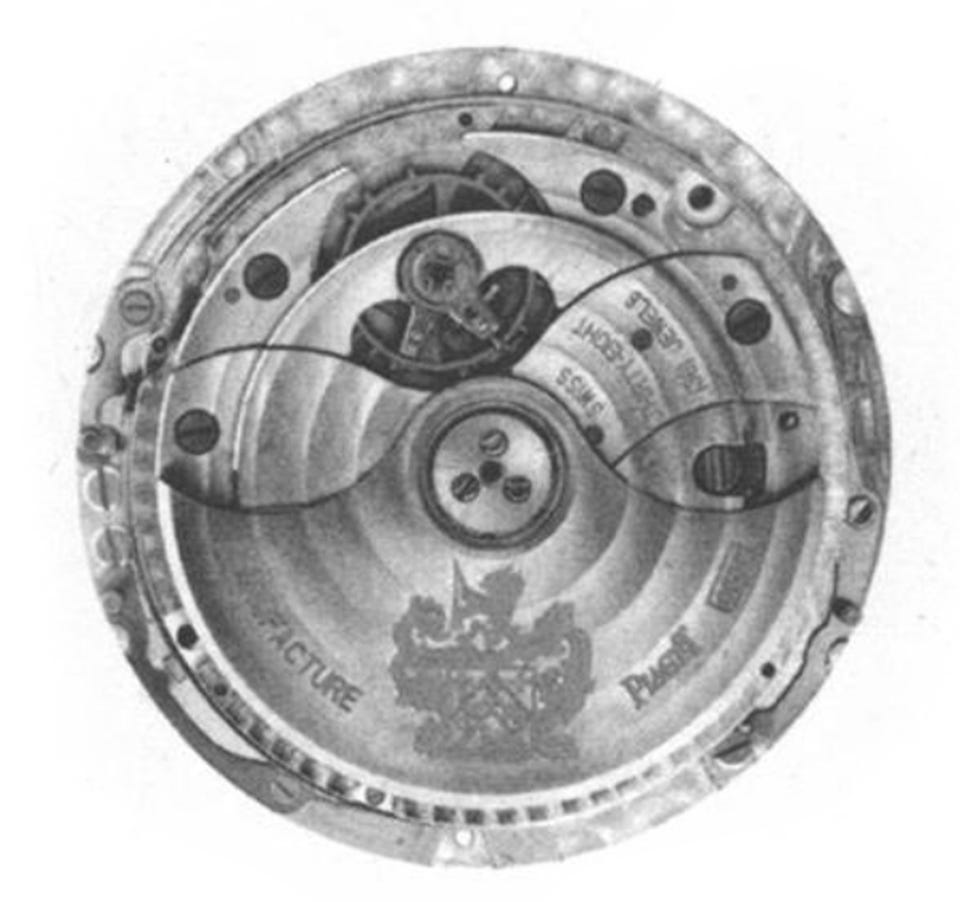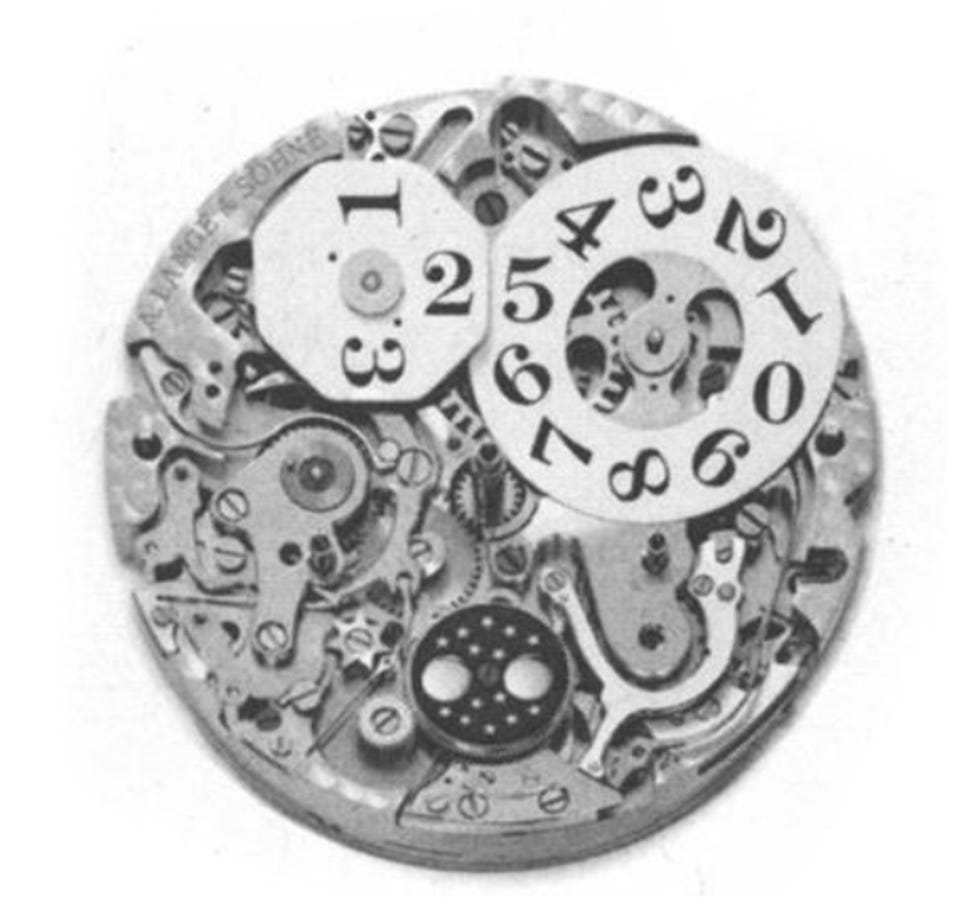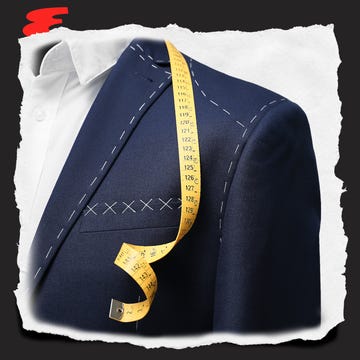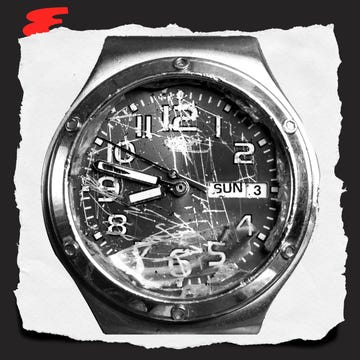Welcome to The Information, a collection of the very best advice pulled from a decade's worth of Esquire's Big Black Book—plus even more new, indispensable guidance delivered regularly. Life is complicated. We're here to uncomplicate it.
Watch nerds love to talk about "complications." How they drive up the value of a watch. How they show the mastery of the maker. How they contribute, in ways both big and small, to that impossible-to-pin-down something that draws people to watches in a manner that approaches the spiritual. But, well...what the hell are they? If words like "flyback" and "minute repeater" are a mystery to you, keep reading. Very soon, they'll be mysterious no more.
Fig. A
Perpetual Calendar
Correctly tracks the time, day, date, even accounting for leap years (if kept wound) until March 1, 2100.
First appeared: 1925.
How it’s done: The mechanism ticks off the full 1,461 days in four years.
Fig. B
Moon Phase
Displays the phases of the moon via a rotating disk in the watch face.
First appeared: 1500s.
How it’s done: A dedicated gear rotates with the 29.5-day lunar cycle.
Fig. C
Flyback
The second hand returns to the 12 o’clock position with the push of a single button and starts counting immediately.
First appeared: 1844 in London.
How it’s done: Pushing that button releases a lever connected to the timing hands, which causes them to “fly back” to the original 12 o’clock position.
Fig. D
Minute Repeater
The watch chimes to denote the hour and minute.
First appeared: 1750, created for King Ferdinand VI of Spain.
How it’s done: Two small hammers linked to small gongs are connected to a complex system of feelers, which read off the cogs of the hour, quarter hour, and minute.
Fig. E
Chronograph
Measures intervals of elapsed time.
First appeared: 1822, created by the clockmaker to King Louis XVIII.
How it’s done: The movement drives a column wheel that starts and stops a second hand when the side button is pushed.
Power Reserve:
Shows how long the watch will run.
First appeared: As far as we can tell, 1948, in the Jaeger-LeCoultre Powermatic Caliber 481.
How it’s done: The barrel, which rotates with the unwinding of the mainspring, moves the hands of the indicator.



















